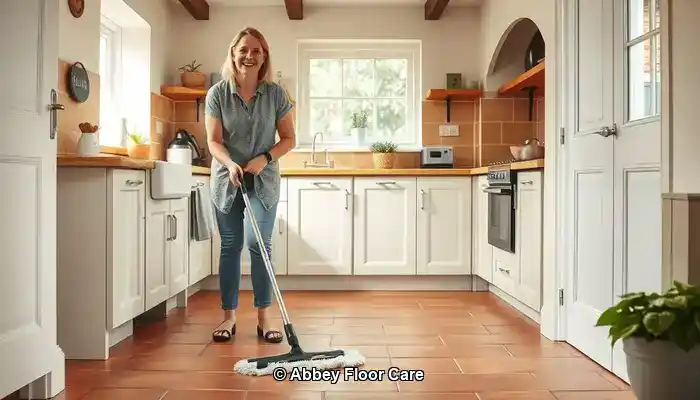
Last Updated on September 29, 2025 by David
Essential Strategies for Maintaining Spotless Terracotta Floors
-
- Understanding the Unique Porosity of Terracotta is vital, as its distinctive absorption properties can lead to quick dirt buildup, especially in humid locales like Surrey.
- Significance of High-Quality Sealing is crucial, as it effectively inhibits moisture and dirt penetration into the tile, ensuring your terracotta floors stay clean and durable.
- Commit to Consistent Maintenance—daily sweeping and weekly mopping with pH-neutral cleaners can significantly enhance the visual appeal and longevity of your terracotta tiles.
- Avoid Harsh Chemicals and Steam Mops, as these can damage both the sealant and the delicate surface of your terracotta tiles.
- Choose Eco-Friendly Cleaning Solutions, particularly in households with pets and children, to ensure both safety and cleanliness.
- Consider Professional Restoration Services for a thorough cleaning and resealing process that provides lasting protection for your terracotta flooring.
- Utilize Rugs and Mats Wisely in high-traffic areas to mitigate dirt transfer onto your terracotta floors.
- Master Moisture Management—ensuring proper ventilation and promptly addressing spills is pivotal to prevent staining and mold growth.
Understanding the Rapid Dirt Accumulation on Terracotta Tiles
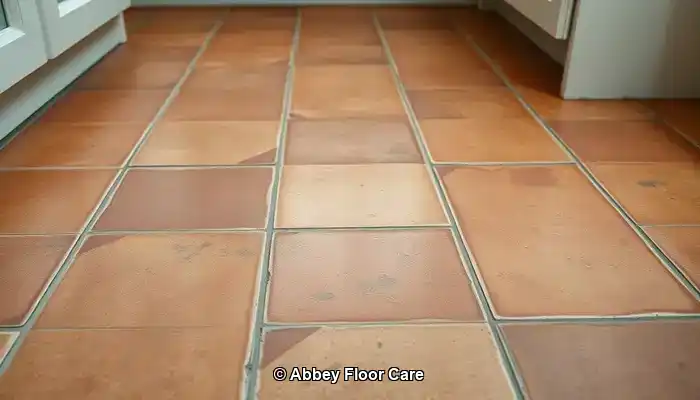
Terracotta tiles provide an exquisite aesthetic for flooring, particularly in traditional or rustic-style homes scattered across Surrey. Their warm hues and natural texture add a distinct charm to any environment. However, despite their visual allure, terracotta tiles have a tendency to become dirty quite swiftly. Comprehending the reasons behind this phenomenon is essential for implementing effective cleaning and maintenance practices. The porous nature of terracotta facilitates easy absorption of dirt and moisture, which makes it crucial for homeowners to engage in proactive cleaning efforts to uphold the beauty of their floors.
Pro Tip: Recommended Products for Everyday Care of Terracotta
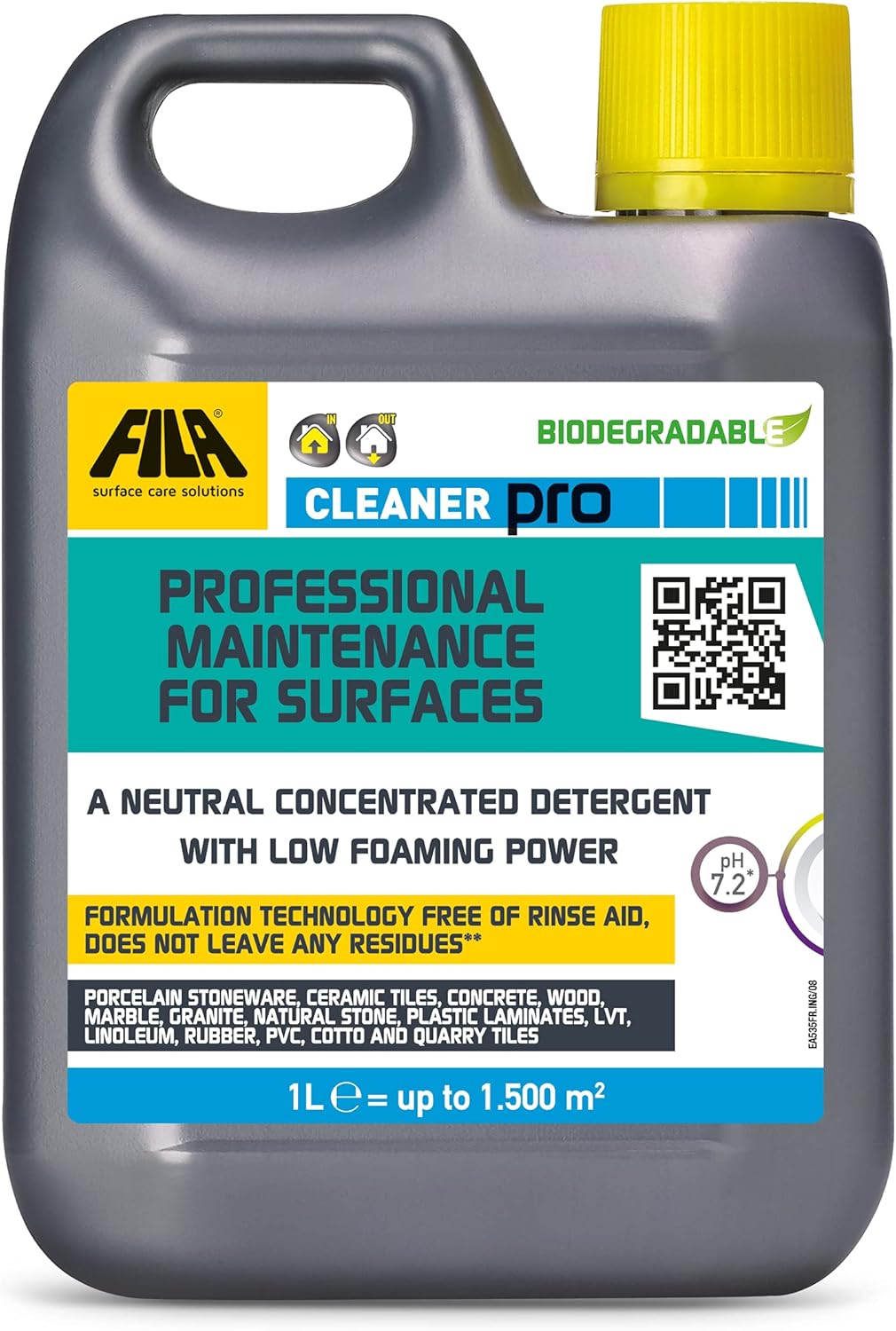
Fila Pro Floor Cleaner
|
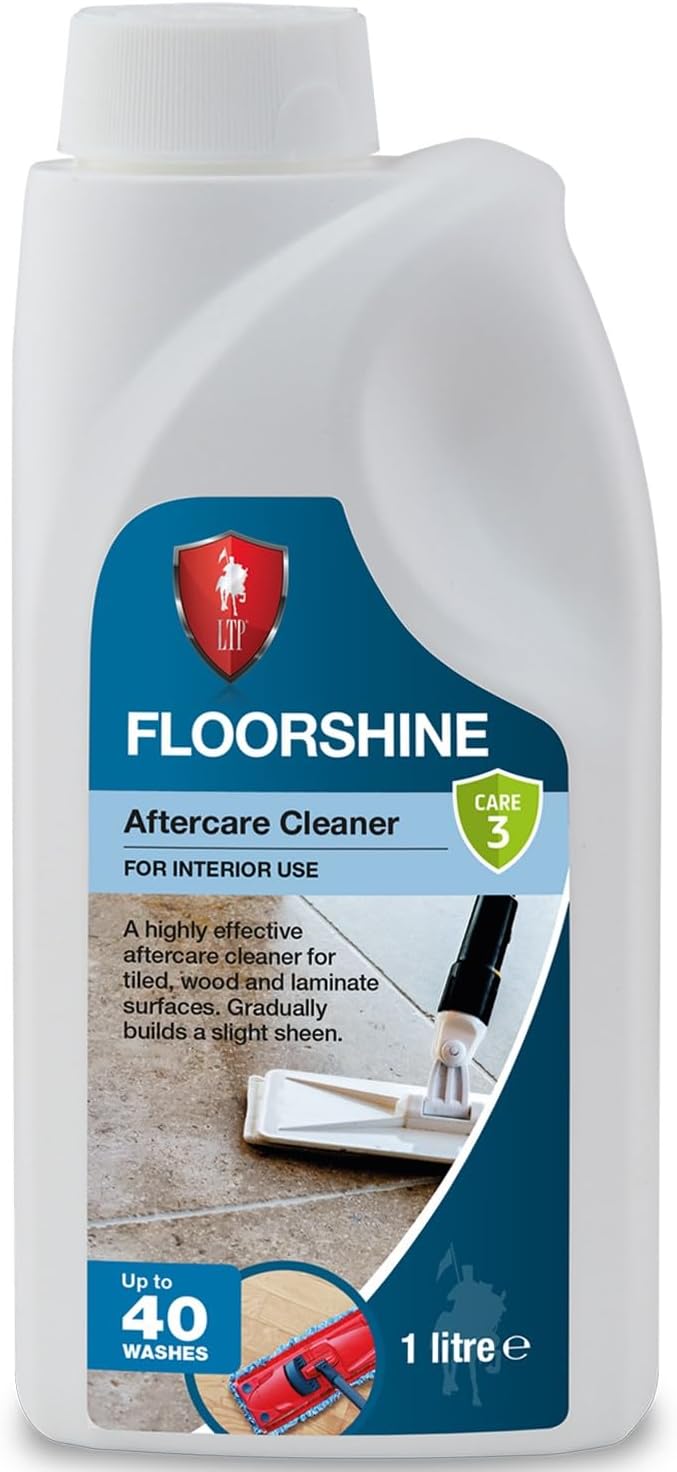
|
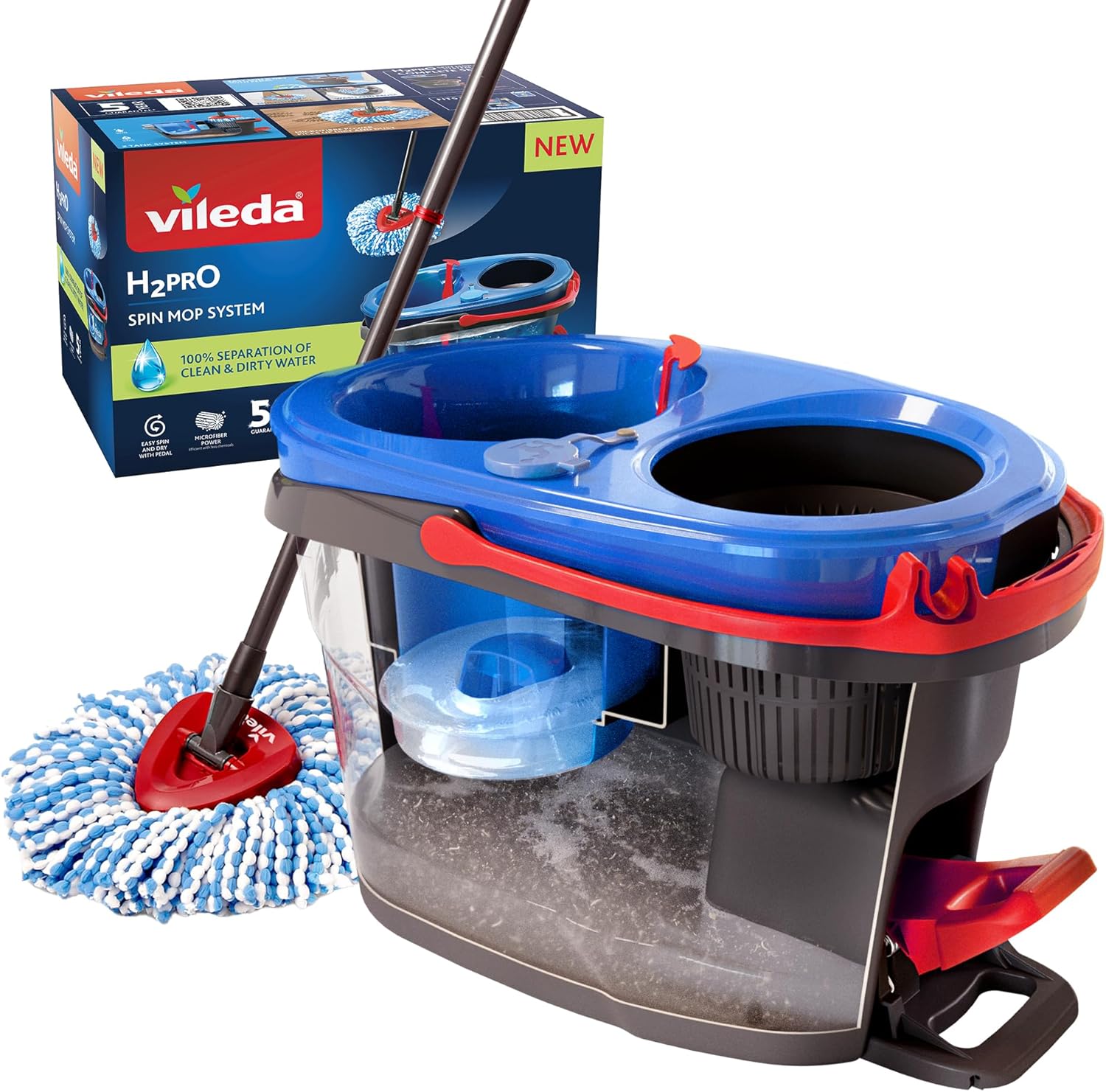
Vileda H2PrO Spin Mop System
|
Grasping Porosity: The Primary Cause of Dirt Accumulation
Terracotta is crafted from natural clay and fired at lower temperatures, resulting in a porous structure that readily absorbs moisture, oils, and dirt, akin to a sponge. This characteristic enables grime to penetrate deeply into the tile, making it increasingly challenging to clean with standard methods. Without sufficient sealing, unprotected terracotta is particularly susceptible; even minor spills or muddy footprints can leave lasting marks. Over time, this build-up results in a dull, stained appearance that is difficult to restore without professional assistance.
The Impact of Surrey’s Climate on Dirt Accumulation on Terracotta Tiles
The climatic conditions in Surrey significantly influence the rate at which terracotta floors accumulate dirt. The region's regular rainfall and humidity lead to elevated moisture levels being tracked indoors, particularly in entryways and conservatories. Homes situated near wooded areas or gardens face heightened risks, as soil, pollen, and organic debris can easily make their way onto terracotta surfaces, especially if shoes are not removed before entering. This constant contact with outdoor elements amplifies the cleaning efforts required to keep the tiles in their pristine condition.
Everyday Habits That Contribute to Dirt Build-Up on Terracotta Floors
Beyond environmental factors, daily routines play a significant role in the accumulation of dirt on terracotta tiles. The use of inappropriate cleaning products—such as acidic solutions or bleach—can strip away protective coatings and damage the tile’s surface. While steam mops are favored for their convenience, they often push moisture deeper into the tiles, exacerbating the issue. Moreover, high-traffic areas like kitchens and hallways experience increased wear and tear. Without regular sweeping and mopping, dirt quickly builds up and embeds itself within the tile texture, leading to unsightly stains.
Effective Techniques for Preserving Pristine Terracotta Floors
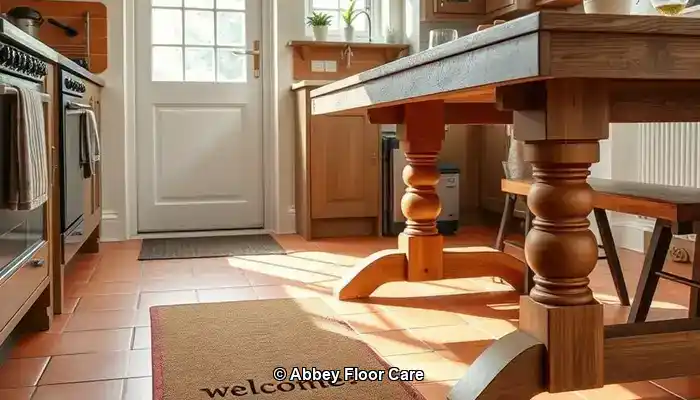
Maintaining the cleanliness of terracotta floors necessitates a proactive approach that emphasizes preventing dirt from settling initially. In homes throughout Surrey, where damp conditions and outdoor activities are prevalent, taking preemptive measures is critical for safeguarding the natural beauty of terracotta tiles. This encompasses a combination of sealing, strategic layout choices, and effective moisture management to establish a comprehensive cleaning strategy.
The Necessity of Sealing Terracotta to Prevent Dirt Accumulation
The most effective method to avert terracotta from becoming dirty quickly is through appropriate sealing. A top-quality, breathable sealant creates a protective barrier that repels moisture, oils, and grime. In Surrey properties, where humidity levels can fluctuate significantly, sealing is essential to prevent water absorption that could lead to staining and mold growth. Experts typically suggest resealing terracotta every 12 to 18 months, depending on foot traffic and exposure levels. In high-usage areas like kitchens, hallways, or conservatories, more frequent sealing may be required. Always choose a sealant specifically formulated for porous stone, avoiding glossy finishes that can trap dirt on the surface.
Utilizing Rugs and Mats for Enhanced Protection of Your Terracotta Floors
Strategically positioning rugs and mats can greatly diminish the amount of dirt that reaches your terracotta tiles. Heavy-duty doormats at entrances capture mud and moisture before they have a chance to spread indoors. In high-traffic areas like hallways or beneath dining tables, area rugs serve as an additional protective layer, reducing wear on the tiles. For rooms that connect to outdoor spaces, consider using washable runners that can be cleaned regularly, thereby preserving the integrity of the tiles while adding warmth and style to your home.
Mastering Moisture Management in Surrey Homes
Given Surrey's reputation for rain and humidity, effectively managing moisture is vital for preventing dirt build-up on terracotta. Employ dehumidifiers in enclosed areas and ensure proper ventilation throughout your residence to address moisture concerns efficiently. Promptly addressing spills and steering clear of placing wet items—such as shoes or towels—on the floor is essential for maintaining cleanliness. If your terracotta is located in a conservatory or garden room, consider installing blinds or UV filters to minimize condensation and combat sun damage. These minor adjustments collectively contribute to the longevity and cleanliness of your tiles.
By integrating sealing, thoughtful design choices, and effective moisture control, homeowners in Surrey can significantly reduce the rate at which terracotta floors accumulate dirt. In the following section, we will explore optimal cleaning practices to help maintain that fresh, natural appearance day after day.
Optimal Cleaning Techniques for Terracotta Tiles
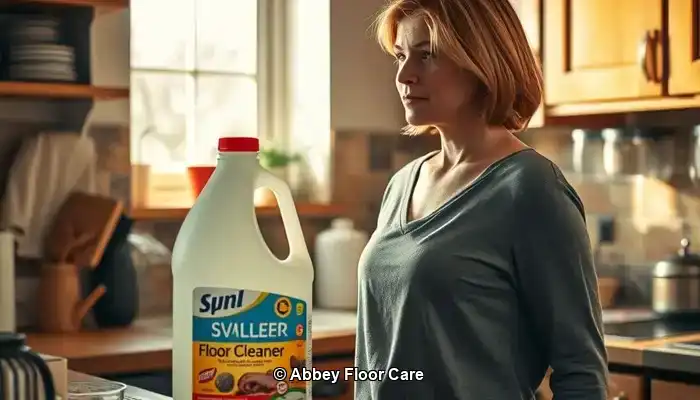
Even with proper sealing and preventative measures in place, terracotta floors necessitate regular upkeep to sustain their natural beauty. The key lies in employing suitable techniques and products that clean effectively without damaging the porous surface of the tiles. Establishing a consistent cleaning routine will ensure the durability and aesthetic appeal of your terracotta flooring.
Establishing a Daily and Weekly Cleaning Schedule
In homes across Surrey, where outdoor elements frequently invade, daily sweeping or vacuuming is crucial. Using a soft-bristle broom or a vacuum with a hard floor setting will effectively eliminate dust, grit, and organic debris before it settles into the tile. For weekly maintenance, mopping with warm water and a pH-neutral cleaner specifically designed for natural stone is advisable. Avoid soaking the floor; instead, damp mopping is the optimal approach. Excessive water can seep into the tile, leading to staining or mold growth, particularly in older or inadequately sealed installations.
Selecting the Right Cleaning Products for Best Results
When choosing cleaning products, prioritize those that are both gentle and effective. Look for cleaners labeled as “stone-safe,” “non-acidic,” or “pH-neutral.” In Surrey, where eco-friendly living is increasingly favored, many homeowners opt for biodegradable cleaners that ensure safety for both pets and children. Steer clear of multi-surface cleaners containing bleach, ammonia, or citrus extracts, as these can strip away sealants and etch the terracotta, damaging its integrity. For stubborn stains, use a soft cloth with a diluted solution of stone cleaner while avoiding abrasive pads or wire brushes that may scratch the surface and complicate future cleaning efforts.
Cleaning Methods to Avoid: Harsh Chemicals and Steam
While steam mops may appear convenient, they are unsuitable for terracotta. The high heat and moisture can permeate the tile, damaging the sealant and potentially causing long-term harm. Similarly, acidic cleaners like vinegar or lemon juice—even when diluted—can erode the tile surface, leading to discoloration and irreversible damage. It is recommended to adhere to gentle cleaning methods and always test new products on a small, inconspicuous area before applying them broadly across the floor.
When to Enlist Professional Assistance for Terracotta Care
For many homeowners in Surrey, the journey of maintaining terracotta floors often begins with DIY techniques. While regular sweeping and mopping can assist in keeping them clean, there comes a time when professional care becomes not just beneficial but necessary. Recognizing the limitations of DIY efforts is crucial for preserving the integrity of your flooring.
When Is It Time to Contact a Tile Specialist in Surrey?
If your terracotta tiles exhibit signs of deep staining, uneven color, or surface wear, it may be time to seek expert help. Professional tile care specialists in Surrey utilize advanced equipment and stone-safe products that penetrate deeper than standard household cleaners can reach. They can also evaluate whether your sealant has deteriorated and suggest a resealing schedule tailored to your home’s specific requirements. Restoration services typically encompass deep cleaning, stain removal, and the reapplication of breathable sealants that provide protection without compromising the tile’s natural aesthetics. For older homes or heritage properties, specialists can replicate the original finish to maintain authenticity.
Assessing Cost vs Longevity: Is Professional Care a Worthwhile Investment?
While DIY cleaning methods may appear more economical, they frequently yield only temporary results. Without proper sealing and deep cleaning, dirt continues to accumulate, leading to more frequent maintenance and the potential for permanent damage. In contrast, professional care can prolong the lifespan of your terracotta floors. A single restoration session can rejuvenate color, eliminate embedded grime, and protect the surface for extended periods, potentially lasting months or even years. In high-traffic areas like kitchens or hallways, this investment can substantially reduce future maintenance needs while enhancing visual appeal.
Homeowners in Surrey who prioritize long-term property care and curb appeal often discover that utilizing professional services offers peace of mind and superior results. Furthermore, many local providers present eco-friendly options and customized maintenance plans tailored to various lifestyles.
Discovering Sustainable and Safe Cleaning Alternatives
The earthy allure of terracotta warrants care that aligns with natural principles. For homeowners in Surrey who desire to keep their floors immaculate without compromising health or sustainability, eco-friendly cleaning solutions are the ideal choice. Thankfully, modern products and techniques make it simple to protect your tiles and household while avoiding harsh chemicals.
Selecting Non-Toxic Sealants and Cleaners
Traditional sealants often contain solvents that emit volatile organic compounds (VOCs), which can linger in the air and negatively affect indoor air quality. Today’s eco-friendly alternatives utilize water-based formulas that are low in VOCs and safe for use around children and pets. When selecting a cleaner, look for labels indicating “biodegradable,” “plant-based,” or “stone-safe.” These products are specifically designed to lift dirt without damaging the porous surface of terracotta. Brands specializing in natural stone care frequently offer concentrated solutions that can be diluted for everyday use, minimizing waste and packaging.
Pet- and Child-Friendly Cleaning Alternatives
In bustling Surrey homes, ensuring safety is as crucial as maintaining cleanliness. Steer clear of bleach, ammonia, and acidic cleaners like vinegar, which can harm tiles and pose significant risks to pets and small children. Instead, opt for gentle formulas derived from coconut oil derivatives, citrus enzymes, or mineral-based ingredients. For those who enjoy DIY solutions, a simple mixture of warm water and a few drops of castile soap can be surprisingly effective for light cleaning tasks. Always test any homemade solution on a small area first to ensure it does not compromise the sealant or finish.
Adopting Sustainable Cleaning Habits for a Greener Home
Eco-friendly care extends beyond selecting the right products; it also involves sustainable cleaning habits. Use reusable microfiber cloths and mops instead of disposable pads to reduce waste. Regular sweeping can lessen the need for frequent wet cleaning. When resealing, choose products with recyclable packaging to minimize environmental impact. Many floor care professionals in Surrey now offer green cleaning packages that utilize certified non-toxic products and sustainable practices. If you're unsure where to begin, consider consulting with a local expert to establish a routine that is both effective and environmentally responsible.
Ensuring the Visual Appeal of Your Terracotta Floors
Terracotta flooring adds warmth, character, and enduring charm to Surrey homes; however, its porous nature demands careful attention to maintain cleanliness and vibrancy. By understanding the reasons behind the rapid dirt accumulation on terracotta, ensuring proper sealing, and implementing intelligent cleaning practices, you can significantly minimize grime build-up and extend the lifespan of your tiles.
Whether managing a busy household or restoring a heritage property, the key is consistency. Daily sweeping, employing pH-neutral cleaning solutions, and performing seasonal resealing contribute immensely to a well-maintained surface. When stains or signs of wear start to appear, do not hesitate to seek assistance from a local specialist for professional restoration services.
Using eco-friendly products and safe cleaning methods helps to ensure your floors remain beautiful while also considering health and environmental factors. With the right approach, terracotta can continue to be a stunning feature in your home for many years to come.
Are you ready to effectively protect your floors? Contact us today for tailored professional terracotta maintenance that meets the unique conditions of Surrey. Together, let’s ensure your home looks its best—naturally.
Frequently Asked Questions About Terracotta Maintenance
Terracotta floors are timeless, yet they come with specific care requirements. Below are answers to the most frequently asked questions from Surrey homeowners eager to keep their tiles clean, protected, and visually appealing.
How Often Should I Reseal My Terracotta Tiles?
In most Surrey homes, terracotta tiles should be resealed every 12 to 18 months. However, this frequency may vary based on factors such as foot traffic, moisture exposure, and whether the tiles are indoors or outdoors. High-usage areas like kitchens, hallways, and conservatories may require more frequent resealing. If your tiles begin to absorb water or appear dull, it's time to consider resealing.
Can I Use Vinegar or Bleach on Terracotta Tiles?
No—vinegar, bleach, and other acidic or harsh cleaners can be detrimental to terracotta. These substances can break down sealants and etch the surface of the tile, leading to irreversible discoloration. Always opt for pH-neutral, stone-safe cleaners specifically formulated for porous flooring.
What Is the Best Mop for Cleaning Terracotta Floors?
A microfiber mop is ideal for cleaning terracotta. It effectively traps dust and dirt without scratching the surface, and it uses minimal water, which is essential for porous tiles like terracotta. Avoid sponge mops or steam mops, as these can oversaturate the tile and weaken the sealant over time.
Is It Safe to Use DIY Cleaning Solutions on Terracotta?
Yes, but caution is advisable. A mild mixture of warm water and castile soap can be effective for light cleaning. Always test any homemade solution on a small, inconspicuous area first. Avoid using anything acidic or abrasive, and never apply homemade cleaners to unsealed tiles.
What Should I Do If My Terracotta Tiles Are Already Stained?
If stains have deeply penetrated the tiles, professional restoration services are your best option. Tile care specialists in Surrey can conduct deep cleaning, remove embedded grime, and reseal the surface to restore the tile’s original color and texture. DIY methods may worsen the damage if inappropriate products are employed.
The Article Tired of Dirty Terracotta? How to Keep It Clean Longer first found on https://www.abbeyfloorcare.co.uk
The Article Terracotta Cleaning Tips for Lasting Freshness appeared first on https://fabritec.org
The Article Terracotta Cleaning Tips for Long-Lasting Freshness Was Found On https://limitsofstrategy.com


No responses yet